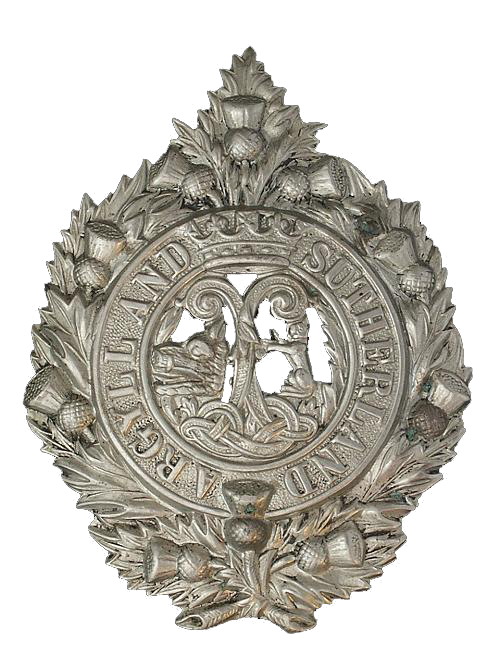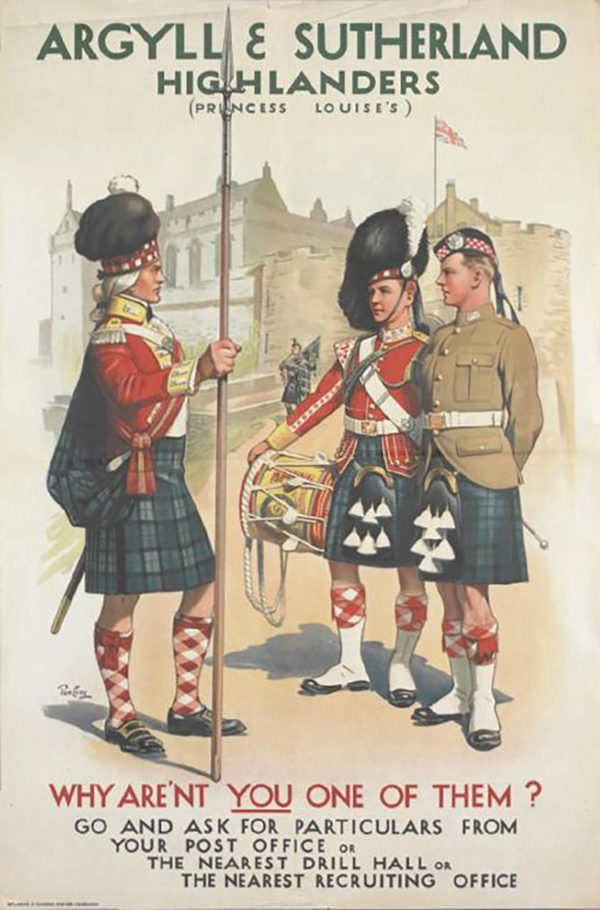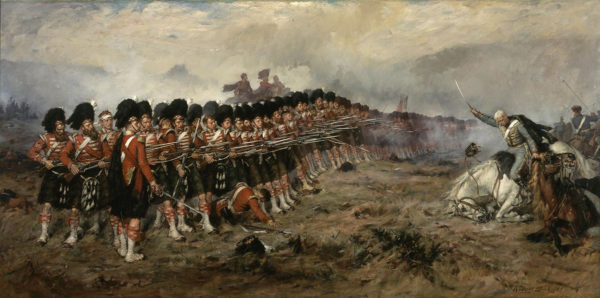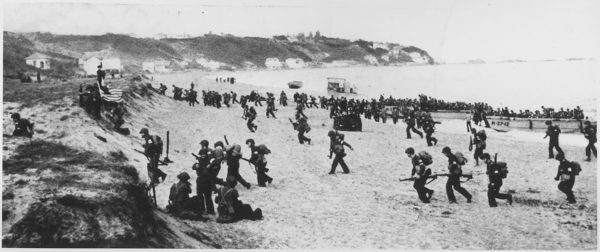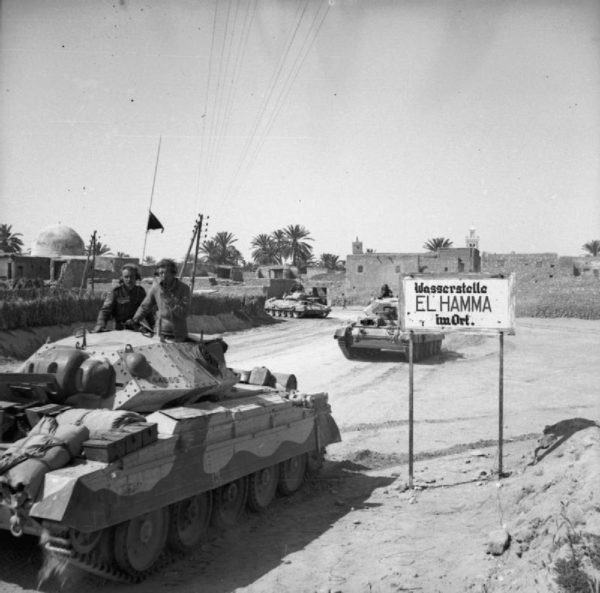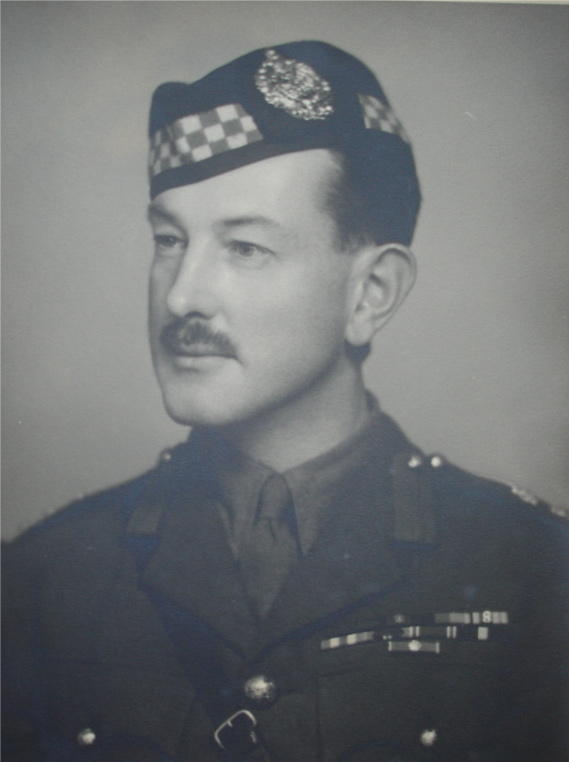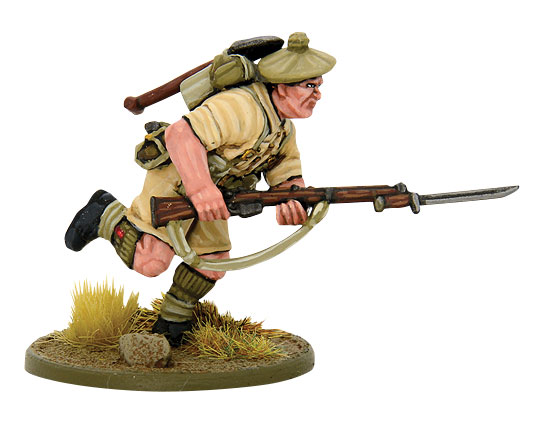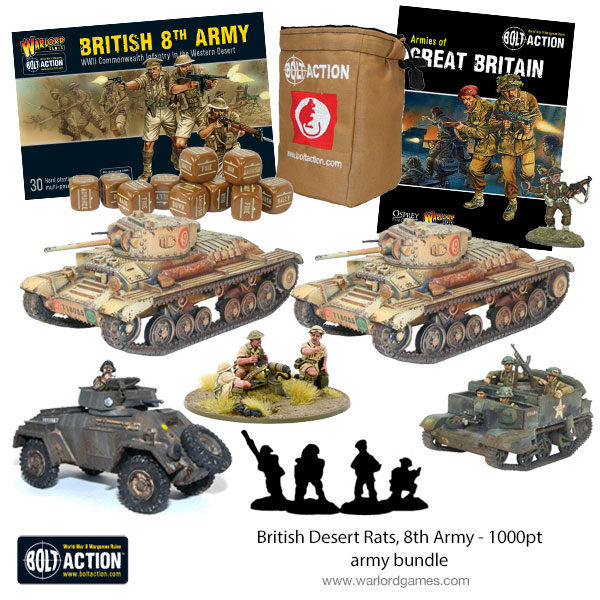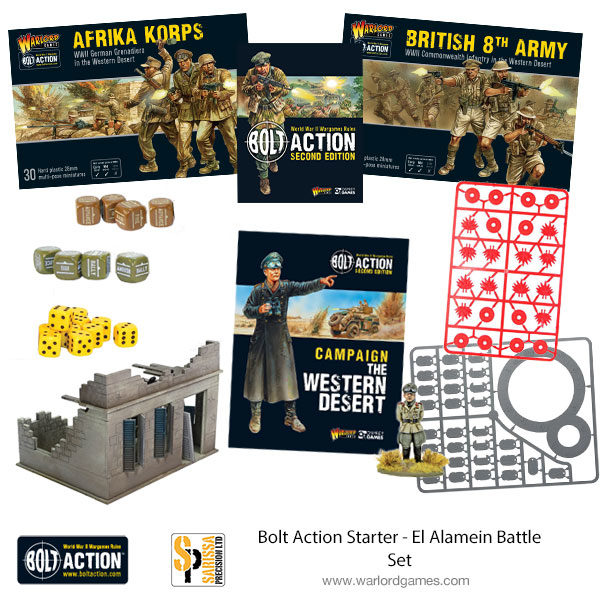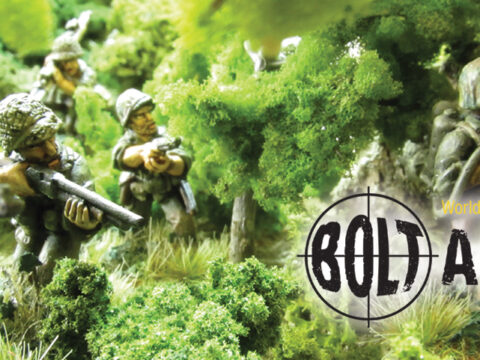In the final instalment [for now] of our series on iconic units of the Western Desert, we’re touching on one of the British Army’s most iconic units – the Argyll and Sutherland Highlanders.
Unit History
The Highlander regiments of the British Army have a well-deserved reputation for heroism and coolness under fire, cultivated on hundreds of battlefields across the former British Empire and practically every theatre of the second world war.
The Argyll and Sutherlands are no exception. Formed from the merger of the 91st (Argyllshire Highlanders) Regiment of Foot and the 93rd (Sutherland Highlanders) Regiment of Foot in 1881, the regiment already had a storied history.
The 91st had served with distinction alongside Sir John Moore and Arthur Wellesley (better known as the Duke of Wellington) during the Peninsular War, while the 93rd saw service in the War of 1812 and participated in the sack of New Orleans in 1815.
During the Victorian period, the 91st went on to fight against Boers, Xhosa and Zulus, with a brief sojourn in India during the Mutiny. The 93rd were posted to the Crimea and fought at Balaclava, where they entered the history books as the “Thin Red Line.”
Despite the best efforts of the gallant Heavy Brigade, the 93rd found themselves facing down the bulk of the Russian charge. With only cold steel between them and a grisly death, the Highlanders stood their ground and fought off the ferocious assault.
The regiment went on to fight in the Indian Mutiny, serving with distinction at Lucknow and Cawnpore, earning six Victoria Crosses across the regiment for gallantry and heroism.
In 1881 both regiments were organized into the Argyll and Sutherland Highlanders who went on to fight the Boers in South Africa and fight on the Western Front and at Gallipoli during the first world war.
At the outbreak of the second world war, the Argyll and Sutherlands found themselves plunged headfirst into the fighting in the Western Desert. They were in the thick of it from the opening shots of Operation Compass to the death throes of the Afrika Korps in Tunisia.
Key Battle: Wadi Akarit
In the spring of 1943, things were not going Rommel’s way. The second battle of El Alamein had thrown him back across the Libyan desert, while the Operation Torch landings in Algiers opened up a second front with the potential to scythe across the Atlas mountains and deep into the underbelly of his battered Afrika Korps.
After the mauling suffered during the second battle of El Alamein, both German and Italian units were fighting a desperate retreat against the advancing Commonwealth forces. They were driven back across Libya and Tunisia, eventually consolidating their position in the lowlands around Mareth, where they established a formidable defensive line, screened by large belts of mines.
On 26th March 1943, General Montgomery launched Operation Pugilist which drove the Axis out of Mareth, forcing them back towards defensive positions around Wadi Akarit, some 40 miles distant.
Wadi Akarit had been previously identified by Rommel as a fantastic defensive position, flanked by impenetrable salt marshes with short supply lines to Axis positions on Sciliy. The salt marshes meant that the Commonwealth forces could not turn the Axis flank as they had at Mareth, with their only option a direct assault on prepared positions.
Leading the charge was the 51st Highland Division, with a battalion of the Argyll and Sutherland Highlanders at the very tip of the spear. On 6th April, they were tasked with forming the initial bridgehead for a brigade-level attack through the Axis defences. It was during this attack that their commanding officer, Lieutenant-Colonel Lorne Maclaine Campbell earned his Victoria Cross for gallantry.
After breaching the layers of barbed wire and anti-tank obstacles, along with numerous minefields, the Argyll and Sutherlands began occupying the heights on Djebel Roumana. From this position, they broke the back of the Axis counter-attack, leading to their eventual retreat to Enfidaville,150 miles to the north.
Key Personality: Lieutenant-Colonel Lorne Maclaine Campbell
Commissioned into the Argyll and Sutherlands as a 2nd Lieutenant in 1921, Lorne Campbell’s path to glory began in France during the German Blitzkrieg where he earned a Distinguished Service Order for gallant leadership during the entrapment of the (51st Highland) Infantry Division at Saint-Valery-en-Caux.
He became the commanding officer of 7th Battalion in 1942, leading them through El Alamein and the Tunisian campaign. He was repeatedly commended for his outstanding courage and leadership during the Western Desert campaign, earning a bar for his DSO and a Victoria Cross for his actions at Wadi Akarit.
The citation for his VC reads as follows:
On the 6th April, 1943, in the attack upon the Wadi Akarit position, the task of breaking through the enemy minefield and anti-tank ditch to the East of the Roumana feature and of forming the initial bridgehead for a Brigade of the 51st Highland Division was allotted to the Battalion of the Argyll and Sutherland Highlanders commanded by Lieutenant-Colonel Campbell.
The attack had to form up in complete darkness and had to traverse the main offshoot of the Wadi Akarit at an angle to the line of advance. In spite of heavy machine gun and shell fire in the early stages of the attack, Lieutenant-Colonel Campbell successfully accomplished this difficult operation, captured at least 600 prisoners and led his Battalion to its objective, having to cross an unswept portion of the enemy minefield in doing so.
Later, upon reaching his objective he found that a gap which had been blown by the Royal Engineers in the anti-tank ditch did not correspond with the vehicle lane which had been cleared in the minefield. Realising the vital necessity of quickly establishing a gap for the passage of anti-tank guns, he took personal charge of this operation.
It was now broad daylight and, under very heavy machine-gun fire and shell fire, he succeeded in making a personal reconnaissance and in conducting operations which led to the establishment of a vehicle gap.
Throughout the day Lieutenant-Colonel Campbell held his position with his Battalion in the face of extremely heavy and constant shell fire, which the enemy was able to bring to bear by direct observation.
About 1630 hours determined enemy counter-attacks began to develop, accompanied by tanks. In this phase of the fighting Lieutenant-Colonel Campbell’s personality dominated the battlefield by a display of valour and utter disregard for personal safety, which could not have been excelled.
Realising that it was imperative for the future success of the Army plan to hold the bridgehead his Battalion had captured, he inspired his men by his presence in the forefront of the battle, cheering them on and rallying them as he moved to those points where the fighting was heaviest.
When his left forward company was forced to give ground he went forward alone, into a hail of fire and personally reorganised their position, remaining with the company until the attack at this point was held. As reinforcements arrived upon the scene he was seen standing in the open directing the fight under close range fire of enemy infantry and he continued to do so although already painfully wounded in the neck by shell fire.
It was not until the battle died down that he allowed his wound to be dressed. Even then, although in great pain, he refused to be evacuated, remaining with his Battalion and continuing to inspire them by his presence on the field. Darkness fell with the Argylls still holding their positions, though many of its officers and men had become casualties.
There is no doubt that but for Lieutenant-Colonel Campbell’s determination, splendid example of courage and disregard of pain, the bridgehead would have been lost. This officer’s gallantry and magnificent leadership when his now tired men were charging the enemy with the bayonet and were fighting them at hand grenade range, are worthy of the highest honour, and can seldom have been surpassed in the long history of the Highland Brigade.
Using the Argyll and Sutherland Highlanders in Bolt Action
To represent the Highlanders at Wadi Akarit, Warlorder Tom will be using the Tunisia reinforced platoon from the Armies of Great Britain supplement, plus a few additions from the upcoming Campaign: Western Desert.
Tom: I wanted to create a thematic force that would be battling to clear the minefields before getting wiped out by the German crossfire.
Once the Scorpion and Royal Engineers have cleared the minefields, the mix of tough veterans and dependable regulars are ready to swarm into the gap, supported by fire from the anti-tank gun and mortar battery.
| Unit Type: | Unit Name: | Upgrades: | Total Cost: |
| Headquarters | First Lieutenant (Regular) | 2x additional men (Regular) | 95pts |
| Headquarters | Artillery Forward Observer (Regular) | 2x additional men (Regular) | 20pts |
| Infantry | Infantry Section (Regular) | 5x additional men, 2x SMGs, Light machine gun | 126pts |
| Infantry | Infantry Section (Regular) | 5x additional men, 2x SMGs, Light machine gun | 126pts |
| Infantry | Infantry Section (Veteran) | 5x additional men 2x SMGs, anti-tank grenades, Light machine gun | 176pts |
| Infantry | Royal Engineers Section (Veteran) | 5x additional men | 140pts |
| Infantry | Medium Mortar (Regular) | N/A | 50pts |
| Infantry | Medium Mortar (Regular) | N/A | 50pts |
| Artillery | QF 6pdr anti-tank gun (Regular) | N/A | 75pts |
| Tank | Scorpion Flail Tank (Regular) | N/A | 160pts |
| Total Points Cost: | 1018pts |
If you’ve been inspired to recreate a battalion of the Argyll and Sutherland Highlanders, you can find all the bits you need in our 8th army collection!

